The remains of Wigmore Castle are located 8 miles west of the town of Ludlow in the northwest part of Herefordshire county in western England, near the old village with the same name.
The name Wigmore comes from Old English and it indicates the yielding character of the land. Wicga-mōr literally means “quaking marsh”.
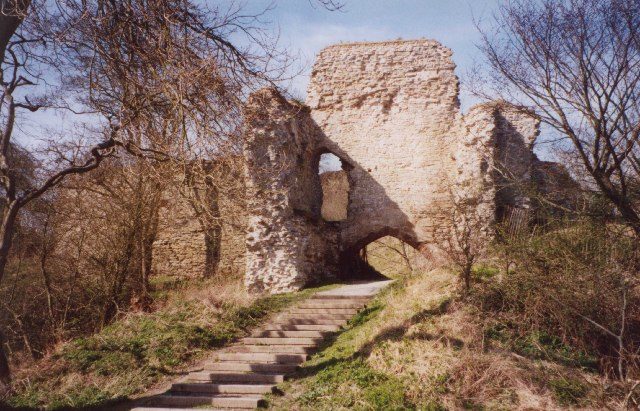
It was one of the many fortress constructed along the England-Wales border after the Norman Conquest, to protect England from the attacks of the Welsh. Once it was an important and imposing stronghold in the Welsh Marches and a crucial center of dramatic events for more than 500 years. Today it is only a vivid ruin, which is almost united with the nature. Huge parts of the complex are buried up to one story deep by earth and fallen masonry, and overgrown with lush vegetation. But some of its fortifications still stand proudly.
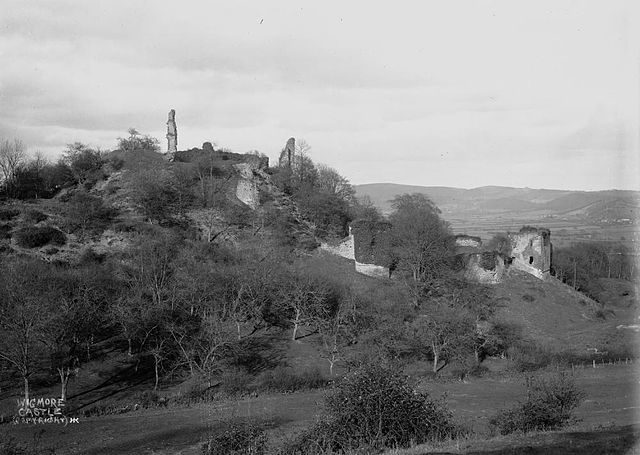
Wigmore Castle was built after the Norman invasion at the end of 11th century. The early construction was a motte and bailey fortress. According historic documents and so far discovered artifacts, historians and archaeologists believe that it was erected in 1067, probably on the ruins of much older fort built in 921. The local oral tradition says that on the site there was a fort which was the work of a nobleman by the name of Eric the Wild. It was placed at the head of a large oval earthworks which was encircled and strengthened with timber walls. The whole keep was probably built from timber, because there is no evidence of a stone structure from that time. But officially, the builder of this strategically important fortification was William FitzOsbern. He was 1st Earl of Hereford and loyal man of William the Conqueror.
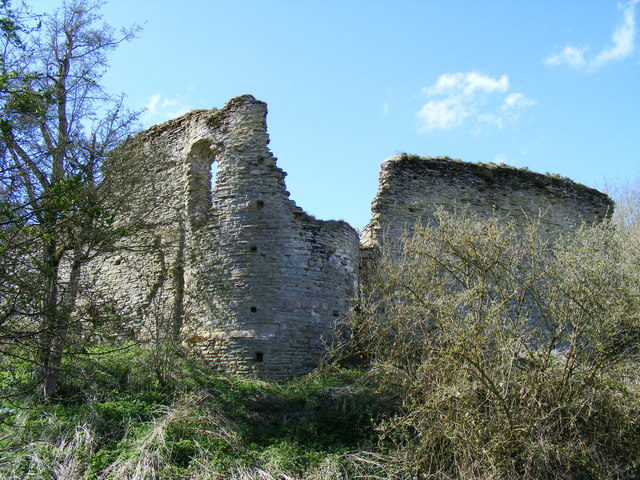
The castle was constructed on waste land at a place known as Merestone or Merestun, which means settlement or village by the marsh. In those days there was a lake with shallow depth which throughout the years was transformed into fertile soil ideal for farming. The wetland would once have provided the residents of the castle with fish. At the time of the Conquest, the land was property of Gunnfrothr or Gunnvarthr, who also had land at Lingen and Brampton Bryan (also located in Herefordshire). The small village below the castle was without doubt founded by FitzOsbern too, maybe around an ancient settlement. It is known for sure that the area was populated in Roman times, because Roman remains are evident near Wigmore.
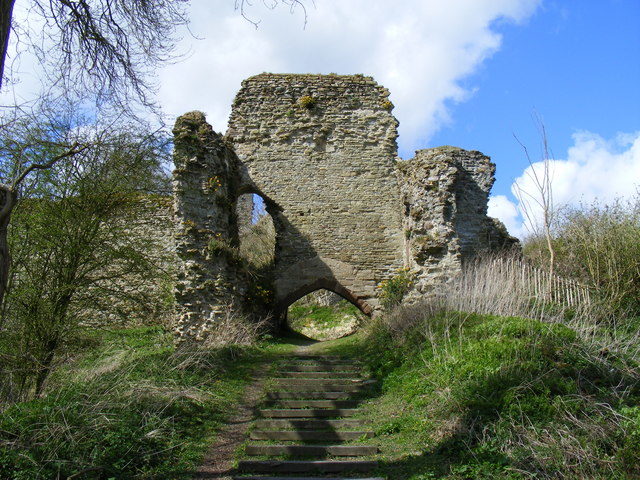
After FitzOsbern’s death in Flanders in 1071, the castle became the base of his son, Roger de Breteuil, for 4 years. He participated in the Revolt of the Earls in 1075, but very soon was defeated. William I captured the castle and granted it to another of his close associates, Ranulph de Mortimer (or Ralph de Mortimer). Wigmore became headquarters of the turbulent Mortimer family, who held it until the beginning of the 15th century. From there they ruled over large parts of Central Wales. The castle was base for their numerous military actions against the Welsh. The Mortimers were a very powerful family who had a lot of privileges, like the right to make wars and to hold courts. Sometimes they even had the right to receive certain incomes reserved for the king of England.
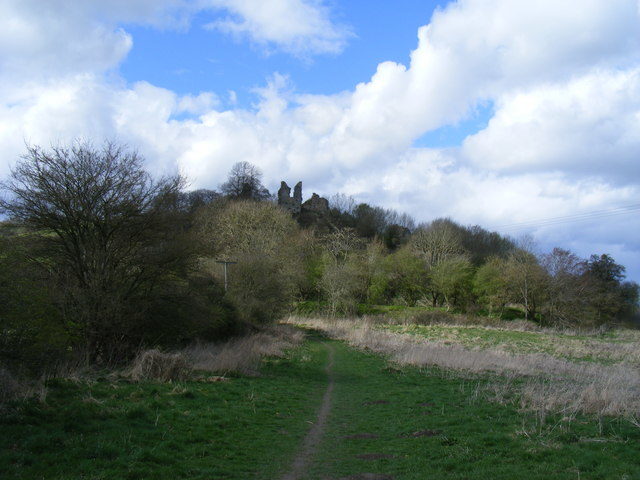
The castle was reconstructed in stone in the 12th and early 13th centuries. Hugh de Mortimer built the curtain wall that encircled the bailey. Now, on the east side and the south side between the gatehouse and the south tower, the wall still stands as it was built. The fortification was attacked in 1155 by Henry II, because Hugh de Mortimer refused to give back Bridgnorth Castle to the Crown, and probably another time in 1264. Evidence of these attacks that remains are two small earthworks from the campaigns, located near the castle. At the beginning of the 14th century, Roger Mortimer, 1st Earl of March, raised the castle walls and built more towers. In those days the gatehouse was renovated and redesigned too, and other buildings were also constructed. He added a large entrance hall to the gatehouse. Further works were made in the 15th century. During the ownership of the Mortimer family, the castle often entertained royal visitors.
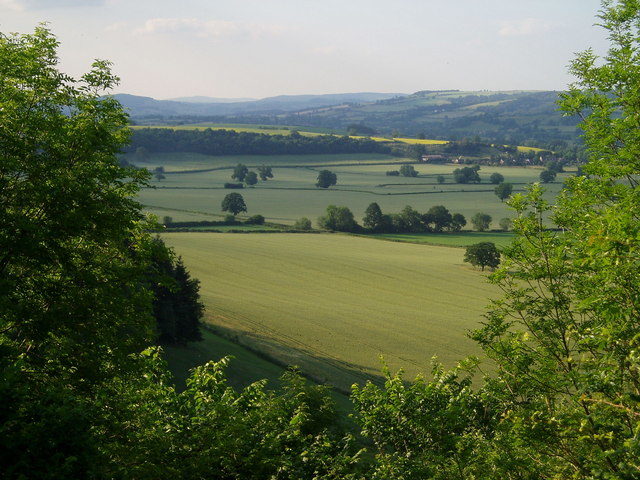
In 1425 it passed to the Crown and later was sold to Sir Thomas Harley. During the Civil War the Harley family supported the Parliament forces. They didn’t have enough soldiers to defend both Wigmore and their mansion at Brampton Ryan from the Royalist troops, so they decided to dismantle parts of the castle to prevent to be captured by the Royalists. After the events of the Civil War, it was left to decay. Today Wigmore Castle is protected by English Heritage. They have made several excavation and conservation projects in the past years, but still it looks like it hasn’t been touch since the end of the Civil War. There are three main parts of it: the outer bailey, where were placed the stables and grain stores; the inner bailey, where was located the residential complex; and the stone keep, with the tower positioned on the hill. The area of the castle is 32 acres.
